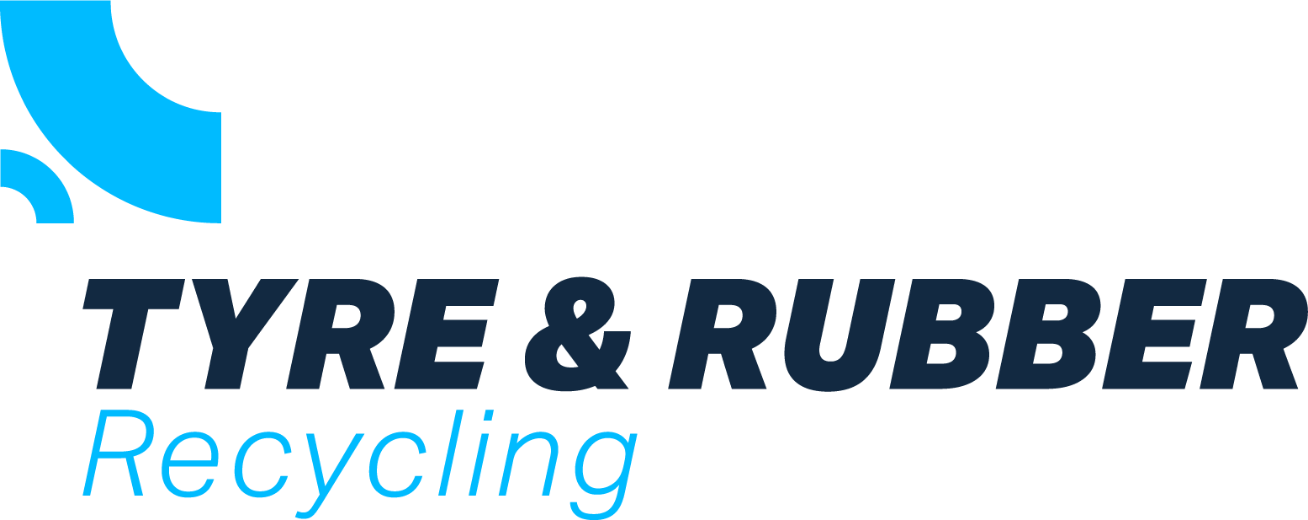The Environment Agency has produced the findings of its review of the waste tyre export industry and there are changes coming as a result
There are arguments for and against exporting waste tyres for disposal/ recycling in third party destinations. Essentially, if recycling of a waste can take place in a third party country with a lower carbon footprint, and to at least UK/ European environmental standards, and at an economic advantage, then any argument against exports becomes null and void. However, we are a long way from that point.
However, in waste matters there is always a race to the bottom and this can result in waste being exported without consideration of the carbon footprint, and with no surety of the final destination of that waste – this is an issue that Tyre and Rubber Recycling and the Tyre recovery association have been highlighting for over a decade. It was only when the BBC File On Four Investigates Tyre Scandal documentary hot that DeFRA and the Environment Agency sat up and took action.
After a rather brief consultation period, the Environment Agency has published its Waste Tyres Internal Review (Redacted). It runs to 170 pages but here we focus on the proposed actions.
Action 1 – The Environment Agency will implement enhanced verification checks for waste pneumatic tyres going to India. The review has identified that the Environment Agency should take further steps to ensure we are fulfilling our legal obligations under the UK WSR when exporting waste pneumatic tyres to India and deliver against our objectives under the UK Waste Shipments Inspection Plan.
The Environment Agency now believes that it is highly likely that a proportion of UK waste pneumatic tyres are being diverted for illegal pyrolysis on arrival into India. We have a much clearer understanding of the information that we hold to make the assessment of whether waste pneumatic tyres exported from England are being handled in an environmentally sound manner. Having fully considered this information against our legal duties, we accept there is a lack of sufficiently credible information which would entitle us to assume, for the purposes of Article 49(2) UK WSR, that waste pneumatic tyres exported to India are reaching the destination recovery facility named on the movement form (Annex VII), or are being treated for recovery in an environmentally sound manner. We have an obligation to prohibit exports of waste under Article 49(2) of the UK WSR if we have reason to believe that the waste will not be managed in an environmentally sound manner.
The Environment Agency admits that it has not been able to verify the destination of waste tyres because, in part, they do not regularly receive Annex VII paperwork.
Furthermore, the Environment Agency agrees that the Annex VII forms that accompanied the bales of waste pneumatic tyres tracked by industry, the forms appear to have been falsified to suggest the waste was received at the intended destination, when the tracker data showed that this was not the case.
The Environment Agency will bring into force improved verification checks as from the 1st October 2025. The rules will be implemented using powers under Articles 49 and 50 of the UK WSR and The Transfrontier Shipment of Waste Regulations 2007.
Under this approach, all exporters of waste pneumatic tyres to India will be required to provide information to the EA that gives confidence that waste is being recovered in an environmentally sound manner.
There is a longer-term plan to obtain information through regulatory reform and the introduction of the Digital Waste Tracking System (DWTS). However, in the interim, the Environment Agency will serve Information Notices on brokering organisations, and exporters directly involved in moving waste pneumatic tyres, to obtain this information.
Action 2 – The Environment Agency will provide additional training to its staff about the requirements of the UK WSR and how they apply to waste pneumatic tyres
In the coming months, targeted training and resources will be provided to build capability and support confident implementation.
The training will cover the detail of the UK WSR and TFS regulations and it will also cover the limitations of officers’ powers.
However, there is a clear recognition that the export of end of life tyres to India for pyrolysis is prohibited – as Tyre and Rubber Recycling has reported many times. The wording from the Environment Agency states: The prohibition India implemented in July 2022 on importing waste pneumatic tyres for pyrolysis, renderis these exports as prohibited under Article 36(1)(f) of the UK WSR.
There will also be a strengthening the recording of information about exports of waste pneumatic tyres across the Environment Agency, including information on exports obtained during both routine and incident inspections at T8 sites.
Action 3 – The Environment Agency will improve how it carries out horizon scanning activities for changes in waste controls and improve its knowledge of the research available on waste pneumatic tyres
During the review, stakeholders stated that they believed that waste pneumatic tyres should be reclassified to require a notification to move internationally. Some stakeholders believe they should be hazardous waste, which would require a notification to be in place prior to any movement. It is also the case that where wastes are classified as hazardous, they are prohibited from being exported for disposal (subject to the exceptions within the UK plan for shipments of waste) to other OECD countries. Hazardous waste cannot be exported for recycling, recovery, or final disposal to non-OECD countries.
This means that the export of waste pneumatic tyres to India would be prohibited if waste pneumatic tyres were classified as hazardous.
The Environment Agency has identified that it is possible to implement notification controls on waste pneumatic tyres by:
● Requiring a notification, where prior informed consent between all the competent authorities of dispatch, destination and any transit countries is needed prior to the movement.
● Reclassifying waste pneumatic tyres as hazardous, which would automatically apply the need for a notification to be in force prior to any movement.
Of course, the Environment Agency also states that any reclassification would need careful impact assessment to avoid adverse and unintended consequences of such a decision. For example, an assessment of UK recovery capacity and appropriate transitional arrangements would be required.
For those who followed “Yes, Minister” there follows an example straight out of Sir Humphrey’s playbook regarding the Indian ban on the import of waste tyres for pyrolysis. The statement was there, from the launch of the Indian EPR regulations that the import of waste tyres for pyrolysis was banned – “The Environment Agency took the correct action when we were made aware of the amended controls prohibiting the export of waste pneumatic tyres for pyrolysis to India, in that we understood the movement of waste pneumatic tyres to India for pyrolysis would be prohibited under Article 36 (1)(f). The amendment came into effect in July 2022. However, there was a gap of 6 months before we were made aware, which may have allowed some waste pneumatic tyres to be exported to India for pyrolysis during this period. It then took time to confirm the position through correspondence with the British High Commission on 2 May 2024, and directly during a virtual meeting with the Indian Ministry of Environment, Forest, and Climate Change (MoEFCC) on 19 June 2024 (Appendix 4.6).” So, actually reading the Indian EPR regulations took almost two years … go figure.
There is more to come on waste controls and there will be a new Strategic Intelligence Unit sitting within the National Environmental Crime Unit.
More details on how waste management will be monitored and controlled will be announced no later than December 2025, according to the Review.
Action 4 will see improved partnerships with stakeholders to ensure a better understanding of the challenges in future.
There will be a meeting with the Indian Ministry of Environment, Forestry and Climate Change in the Autumn of 2025 to build a positive working relationship to give all parties better confidence in the treatment of waste tyres.
T8 Removal
The review gives feedback from its drop-in session and other data fed to the Agency. There is a clear understanding across the industry that many of the problems arise through the abuse of the T8 Exemption
In July 2025, the Government committed to removing the T8 exemption due to widespread non-compliance, with businesses handling tyres in volumes far beyond permitted limits. Requiring operators to hold environmental permits will strengthen regulatory control by introducing operator competence standards, management systems, fire prevention plans, and mandatory waste reporting. This will enhance Environment Agency oversight of waste tyre movements, including exports. The Agency supports the removal of the T8 exemption and has helped businesses to prepare by publishing standard rules permits for tyre storage and treatment. These offer a quicker, more cost-effective transition for current T8 operators compared to bespoke permits.
You can read the review in full – here

















